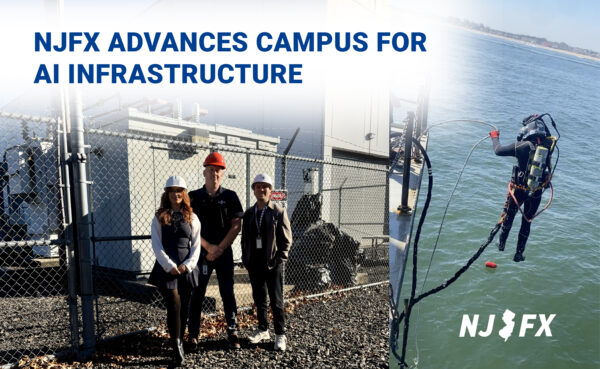
NJFX Advances Campus for AI Infrastructure
NJFX today announced the completion of a comprehensive Basis of Design for a new 10MW high-density AI data hall, delivering an expected 1.25 PUE and 8MW of usable IT load.

CEO
See the original article by Chris Kelly at Total Telecom
January 9, 2019
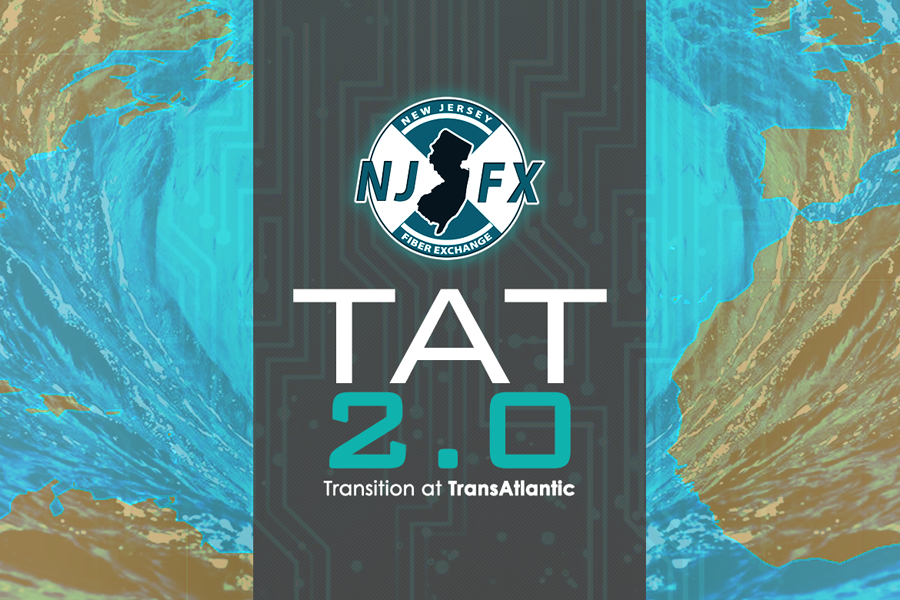
New York City has long been the center of the universe for telecommunications and early connectivity – defined originally as voice traffic for North America. TAT 8 was the first optical fiber cable that when into service in 1988 connecting New Jersey to England and France. That cable was retired in 2002. The next 14+ fiber cable systems followed similar paths from the shores of New Jersey & Long Island, New York to Europe with one common hub and single point of failure, 60 Hudson Street in New York City. These cables traversed thousands of miles across the ocean then made precarious 60 to 150 mile treks into Lower Manhattan. This thoroughfare is now completely congested with unmanageable manhole systems – including fiber cables that can’t be recognized and abandoned in place.
North America has a vast data center landscape today and subsea systems are changing. One difference is now these systems don’t have their only hand-off points and single points of failure located in lower-Manhattan. Also, it’s becoming more clear, that many enterprises’ network dependent businesses are connected through overlapping routes unknowingly. Some of those routes may be susceptible to damage from outages, cut networks as well as inadvertently by regrooming networks due to industry consolidation. In addition, a recent study by researchers at the University of Wisconsin–Madison and the University of Oregon found that the thousands of miles of buried fiber optic cable are at risk of drowning under the rising seas. This isn’t something that will happen far in the future, but rather could be a reality within two decades, with New York as one of the most susceptible locations.
Combined with those vulnerabilities, is the fact that the subsea cables that came online in the Internet age are reaching their end of life, and therefore, their viability. The majority of the cables in the Atlantic Ocean were put into service between 2000 and 2001. A cable’s retirement depends on both being physically operational and on the costs associated with continuing to operate it. Financially, this countdown usually begins around 20 years while physically, the cable and electronics are manufactured to last about 25 years.
So, what all of this means is that we are on the verge of a massive shift for Atlantic subsea cables. This is truly an event that has not been seen before and one that will create choke points throughout the northeast as well as possibly isolate legacy network hand off-points. As new cables become ready for service, they are driving a shift away from legacy landing points and bandwidth handoffs. NJFX in Wall, New Jersey is a perfect example. The site was chosen as the landing point by the consortium which operates HAVFRUE in large part due to NJFX’s location, which is far enough outside New York to avoid congestion. NJFX offers route diversity to the rest of the country and most importantly provides Tier 3 data center options right at the subsea cable edge. Another unique aspect of NJFX, is that although it is at the cable landing, the site is at an elevation where you can be assured that equipment investments of hundreds of millions of dollars will be secure and safe. This coupled with multiple subsea cables connecting four continents, and you have a game changer.
Over the last several years, NJFX has developed the ability to attract diverse dedicated fiber backhaul across North America, creating operational independence for the very populated region of more than 100 million. Optimizing the caching of content along the main arteries of the Internet is critical. In very short order, NJFX will be able to support content that is most popular for Europe, South America, Africa and Asia.
NJFX has also been very focused on partners and enabling customers with access to the networking architecture and tech advancements they require to be flexible and prepare for growth. This year the company has grown its carrier base and subsea cable access – to meet the high demand for diverse network architectures. NJFX has established, through its partners, new routes which bypass heavily congested regions such as NYC and Miami. This enables customers true route diversity all the way down to the subsea cable layer along with security, low-latency and access to a vast carrier ecosystem.
The NJFX CLS campus is home to the subsea cable systems TGN1, TGN2 and Seabras. Wall-LI (2020) will interconnect Long Island to New Jersey, extending interconnection for clients across North America, Europe, Caribbean, South America, Africa and AsiaPac. In addition, as noted, NJFX was chosen as the landing point for the latest transatlantic subsea cable system, HAVFRUE/AEC2 (2019). The goal of NJFX being a strategic landing point for the world’s subsea deployments and serve as a major interconnection for global communications is being realized.
NJFX CEO Gil Santaliz will be speaking at this year’s Submarine Networks EMEA 2019 event in London. Gil will be taking part in the Day 1, Keynote panel, titled ‘Making waves: Emerging strategies & opportunities in the subsea cable industry’.
CLICK HERE for a full agenda and details of how you can be involved.
###
About NJFX:
NJFX is a Tier 3 Carrier Neutral Cable Landing Station campus. Our colocation ecosystem has expanded to over 35 network operators offering flexibility, reliability, and security. Our Wall, NJ location provides direct access to multiple subsea cable systems giving our carriers diverse connectivity solutions and offers direct interconnection without recurring cross-connect fees.

NJFX today announced the completion of a comprehensive Basis of Design for a new 10MW high-density AI data hall, delivering an expected 1.25 PUE and 8MW of usable IT load.

Red Sea conflict threatens Key Internet Cables. Maritime attacks complicate repairs on underwater cables that carry the world’s web traffic.
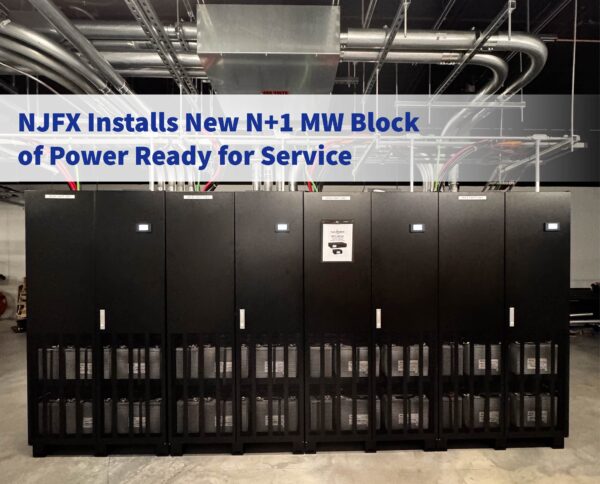
Red Sea conflict threatens Key Internet Cables. Maritime attacks complicate repairs on underwater cables that carry the world’s web traffic.
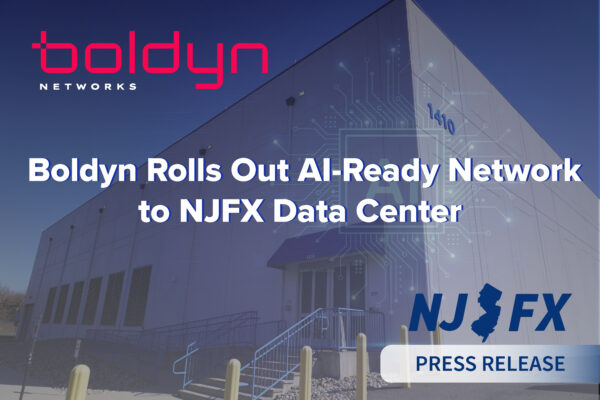
Red Sea conflict threatens Key Internet Cables. Maritime attacks complicate repairs on underwater cables that carry the world’s web traffic.
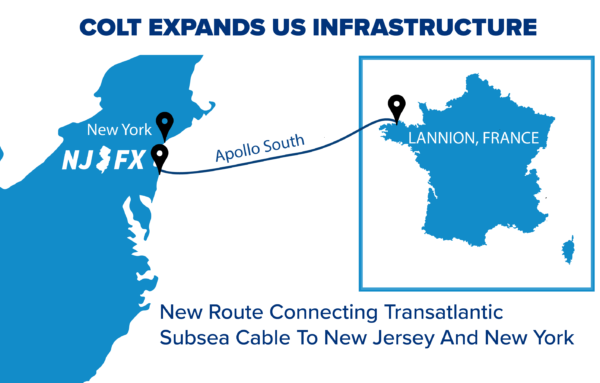
Red Sea conflict threatens Key Internet Cables. Maritime attacks complicate repairs on underwater cables that carry the world’s web traffic.

Red Sea conflict threatens Key Internet Cables. Maritime attacks complicate repairs on underwater cables that carry the world’s web traffic.
